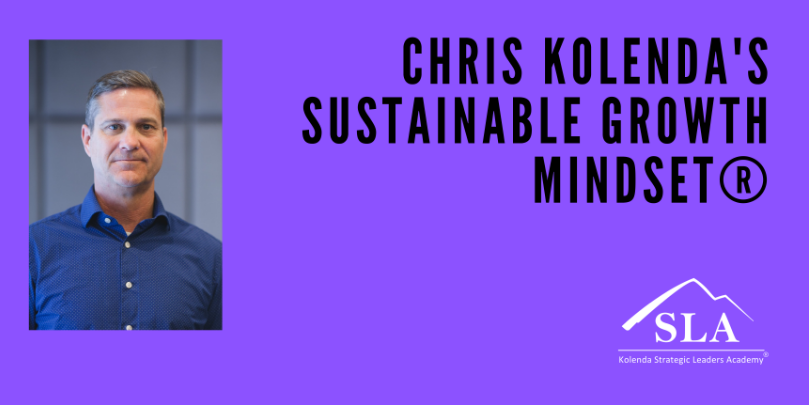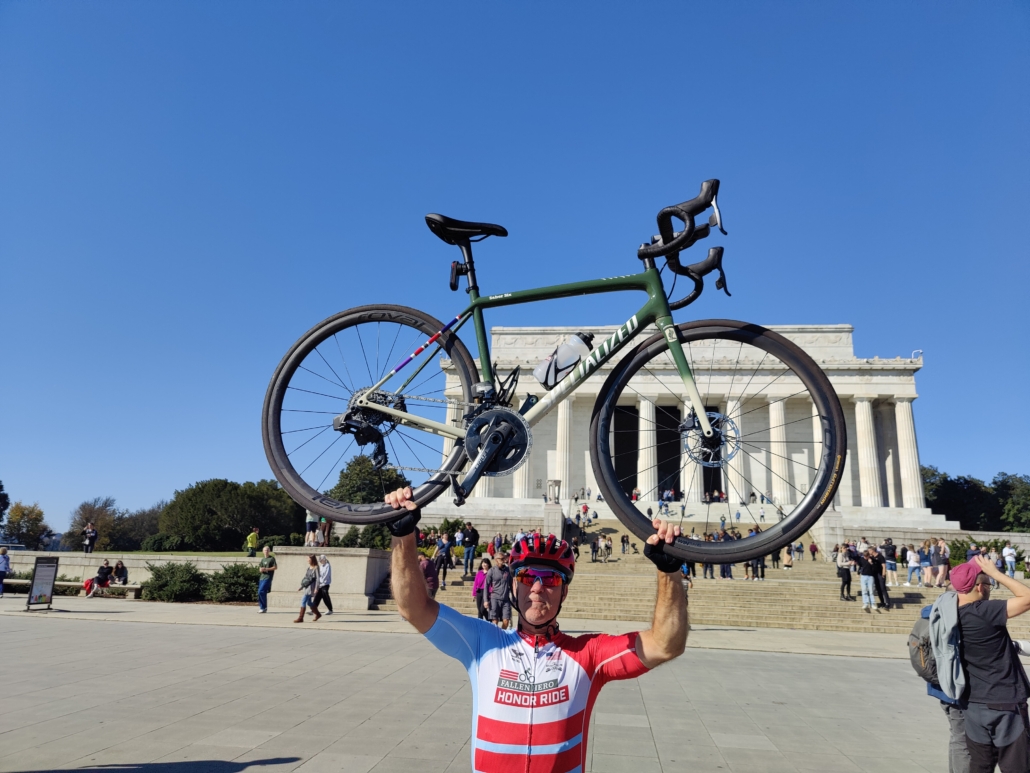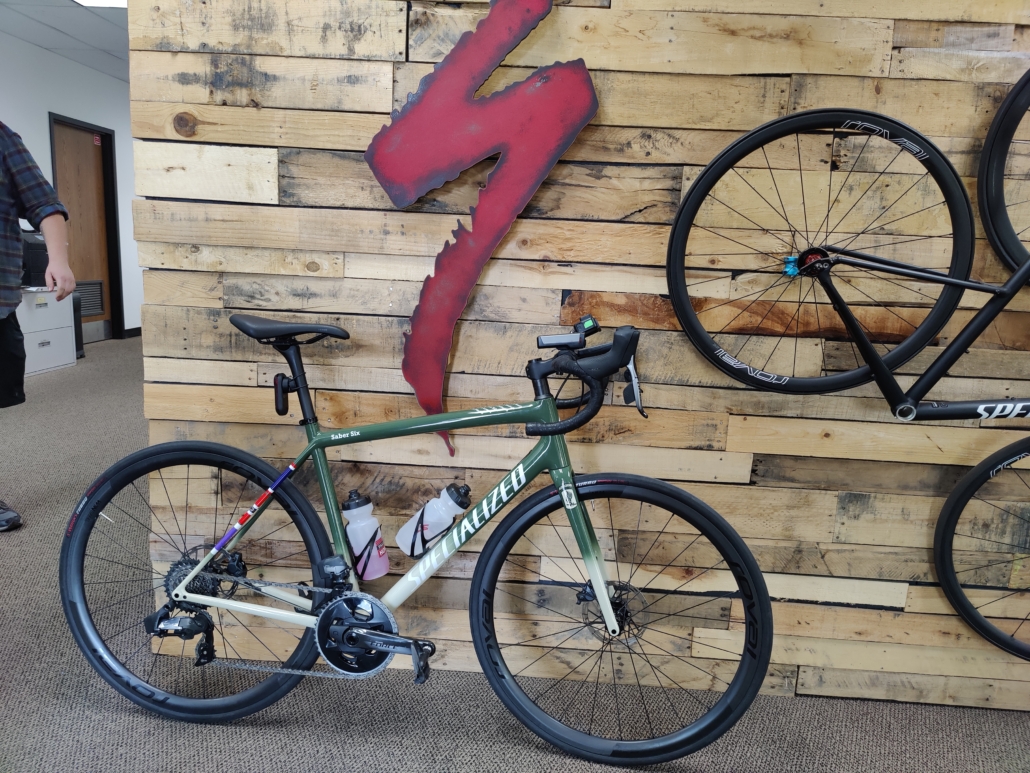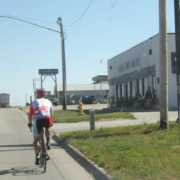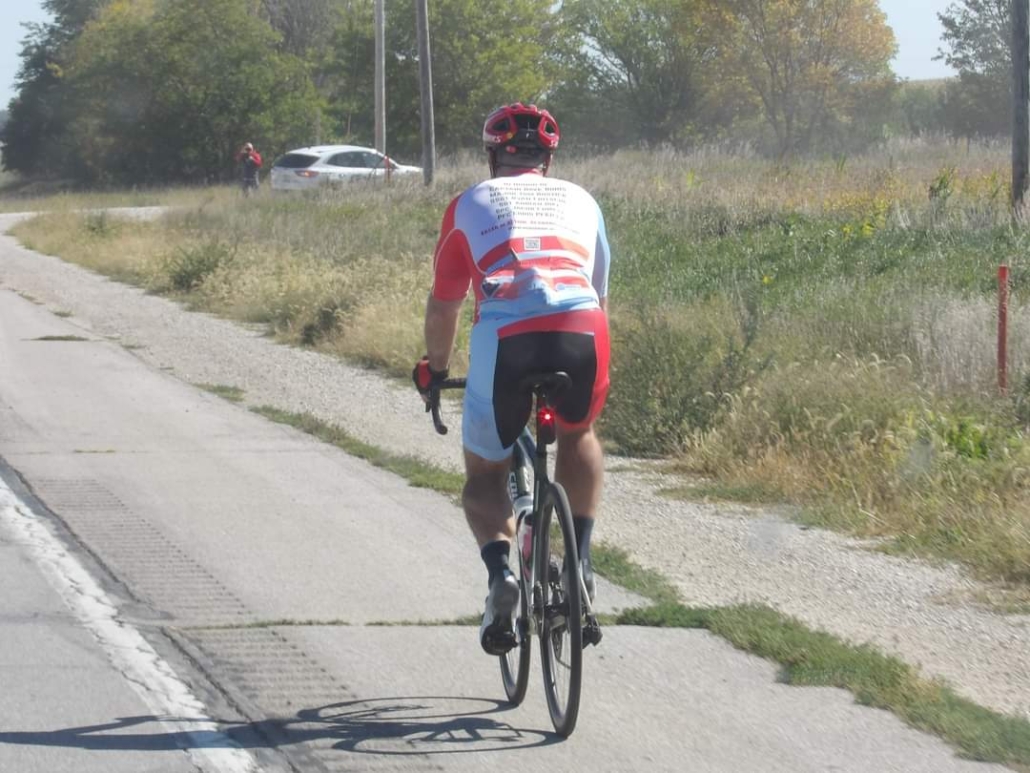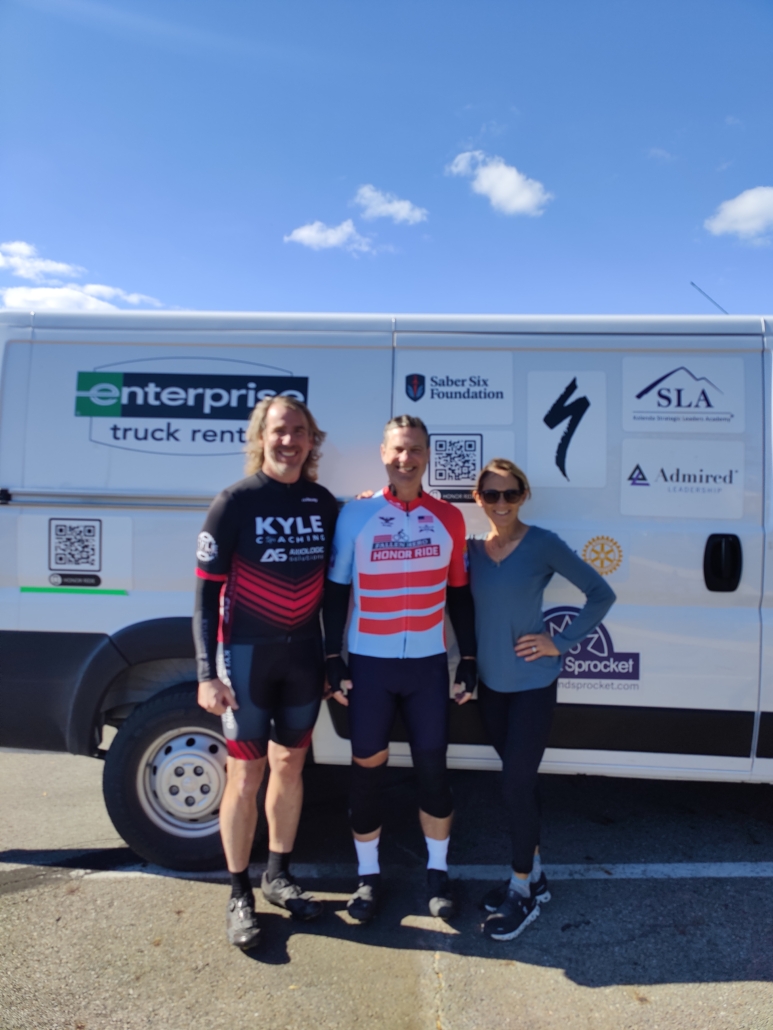You Personify the 5 people you are with the most; Make sure you’re Hanging with the Right Crowd
Take a moment and write down the names of these five people and how they make you feel. This self-assessment helps you determine if you spend time with people who drain, trap, or elevate you. These primary associates illustrate your self-respect, aspirations, values, and standards.
Are you hanging with the right crowd?
I wasn’t. I spent time with people who engaged in toxic behavior. They controlled, manipulated, and dragged me down. I felt an obligation toward some; others I thought I could help or that I’d let down if I distanced myself.
Drained of energy, I made unfortunate choices and was not always the kind of person those who inspired me wanted to be around. I struggled to break free.
I promised myself in the mountains of Afghanistan that I would no longer let toxicity control my life. I recognized that life was too short and unpredictable to allow yourself to get dragged down.
I oppugned toxic behavior, cut ties with the worst predators, and challenged others to grow. I surrounded myself with people who brought out my best and inspired me to improve daily.
Improve daily by one percent, and you’ll be twice as good in seventy days
There are three kinds of people in your life: sappers, trappers, and zappers.
Sappers drain your energy and sap your will. Trauma-dumpers use you for personal therapy as they unload about how terrible everything is, and awfulizers exaggerate every inconvenience into a major catastrophe. Jerks abuse you and tell you how screwed up you are; gossips whisper nasty things about everyone else. Success-shamers and passive-aggressive people gaslight.
Trappers love you the way you are and NEVER want you to change. They are comfortable with a particular version of you and want to trap you like a bug in amber, so you are preserved that way.
Zappers give you energy and inspire you to get better. They cheer for you and will tell you the truth because they want what is best for you. These are the ones who help you soar to new heights.
I would never have attempted the Fallen Hero Honor Ride surrounded by the sappers and trappers who controlled my life. I completed the Honor Ride because of the zappers who urged me on, held me accountable, kicked my butt, and helped me improve daily.
Taking Stock
Next to the five names and how they make you feel, note whether they are sappers, trappers, or zappers.
Reduce exposure to the sappers because they make you feel worse or drag everyone else through the mud. They might have the Jerry Springer effect of making you feel better by pointing out the flaws of others, but this person will not help you thrive.
Reassure the trappers that your desire to grow does not mean you love them any less. The ones who genuinely love you will cheer you on; the ones who only want to control you will clamp down harder. Reduce your exposure to the latter. Doing so can be painful, but it’s the only way to keep growing.
Celebrate the zappers in your life and maximize your time with them. Expand your circle to connect with people who can help you achieve new growth and vice versa. I’ve found that attending exclusive events with high-performing people elevates my spirit and sights, and it’s why I offer unique events and only allow zappers to attend.
But, Chris, what happens if I’m a zapper to everyone else but don’t have any in my life?
I got this question after a recent keynote. This situation probably means that your relationships lack reciprocity; you may have surrounded yourself with sappers and trappers while letting a dose of martyr-complex seep into you. See the action steps above to change the situation.
Back on Track
- Jean, I have a commitment on Friday, so I won’t be able to attend. (Don’t provide more details. You never need to justify saying no).
- Bob, I know that starting my own consulting business is scary and risky. It’s important to me and will not change how much I love you. May I have your full support?
- Julie, I heard that you are a terrific speaker. I’m trying to raise my game, and I was wondering if you could give me some advice on where to get support.
Who are the five people you are with the most? Are you happy about that?


